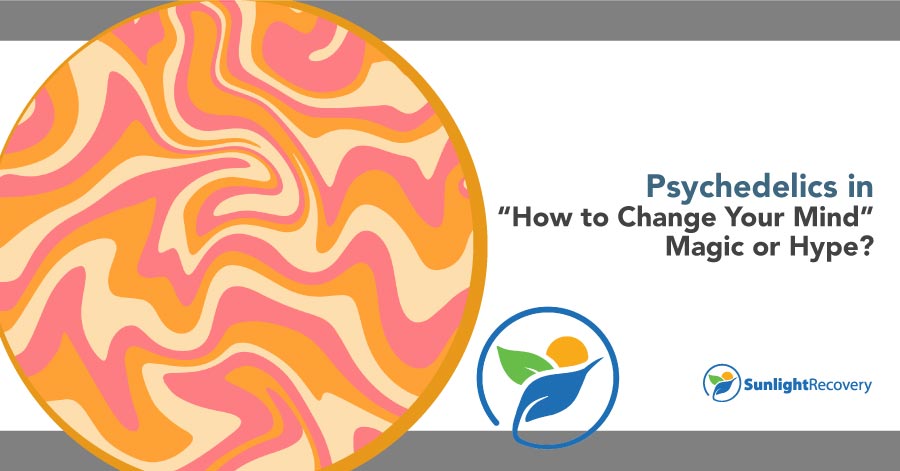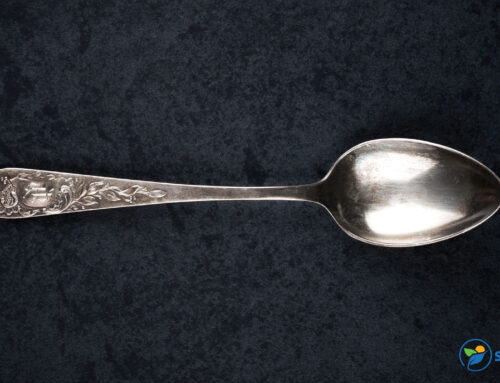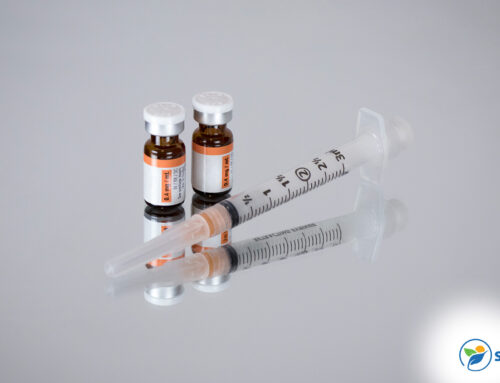Psychedelics have often been misunderstood. They may conjure up mental images of people tripping on large doses of a drug to get as far away from reality as possible. In fact, psychedelic drugs may get us closer to reality.
In this guide you’ll learn about the book written by Michael Pollan on psychedelics used therapeutically and the show on Netflix of the same name that prompted many people to ask whether psychedelics could be the answer to dealing with mental health issues.
What Is Michael Pollan’s How to Change Your Mind?
The Book
Michael Pollan wrote a book chronicling his own journey using psychedelic drugs such as LSD and psilocybin with a healthy dose of skepticism.
He wanted to find out whether the use of these drugs could in fact help challenge issues with mental health and negative thoughts that come with issues such as depression, OCD and bipolar disorder. Pollan discusses his difficulties in finding the correct dosage and his thoughts and feelings throughout the process. He interviews many scientists who’d previously experimented with psychedelic drugs, too, to see a more clinical side to the debate.
The Series
Netflix transformed the book into a limited series for four common psychedelic drugs. It effectively took the concept of Pollan’s book and turned it into a straightforward documentary with a plain explanation of how each drug worked.
The episodes touch upon the use of psychedelics primarily as a treatment for mental health disorders and briefly discuss the troublesome history in the United States that’s led to a negative view of psychedelic drugs.
The show brought Pollan’s ideas into the mainstream and got viewers wondering: How do psychedelic drugs work, and could they help with mental health issues?
Let’s talk about what psychedelic drugs are and the effects they have on your body and brain.
What Drugs Have Psychedelic Properties?
Psychedelic drugs are also known as hallucinogens and have a psychoactive effect on the brain. This leads to a change in perception, altering what someone can see, feel, hear, taste and smell and their sense of time.
There are several different kinds of drug that produce these psychedelic effects. These are either “classic hallucinogens” or “dissociative drugs.” Both of these drugs alter the mind, but dissociative drugs can make the user feel distanced from their body.
Let’s talk about the drugs that were featured in How to Change Your Mind.
LSD
LSD, or lysergic acid diethylamide, is a synthetic drug first invented in 1938. You may know it as its street name, acid.
Originating from a fungus found on rye, this drug is potent and produces mind-altering effects that can be unpredictable. A person may feel positive or negative after taking their dose of LSD. It can cause sensory changes, the feeling of time shifting and even sensory overlap where senses become crossed, like the ability to taste sounds. Higher doses may last six to 12 hours.
Psilocybin
Also called magic mushrooms or shrooms, psilocybin is both synthetic and naturally occurring within specific types of hallucinogenic mushrooms grown in some regions of North and South America. The active substance works similarly to LSD and produces a trip that alters your mind state.
It’s difficult to determine a correct dosage since most psilocybin is grown naturally and can vary in strength, but the drug has been used ritualistically for hundreds of years. However, users may feel physically unwell, with sleep problems, racing heart, sweating and lack of appetite being just some of the side effects.
Peyote (Mescaline)
Mescaline comes from cacti and can also be synthesized. It has a history of use within religious rituals and produces similar effects to LSD and psilocybin. Due to its natural origin, it’s difficult to determine the right dosage, but most trips last around eight hours.
In addition to the previously mentioned hallucinogenic side effects this drug shares, mescaline can make you experience a euphoric feeling or a dreamlike state.
MDMA
Among users, MDMA is called molly or ecstasy. It’s a synthetic psychedelic drug that produces feelings of peace, euphoria, trust, empathy and happiness.
There are serious side effects to this drug, including muscle cramping, increased body temperature and excessive sweating, which have been known to cause injury and death from dehydration.
How Do Psychedelics Work?
Psychedelic drugs affect the neurotransmitters in the brain that regulate serotonin. They either stimulate or suppress particular transmitters that are responsible for causing the hallucinogenic effects.
They essentially ‘mute’ the normal neural pathways of your brain, the ones responsible for logical thinking and normal patterns, and make new pathways, leading to all kinds of short-term and long-term effects that aren’t necessarily predictable.
Many people have tried using psychedelic drugs in controlled environments and come away feeling as though the experience was profound and life-changing. This prompted the idea of experimental treatment.
Psychedelics in Low Dosages in Experimental Treatment
Several studies have surfaced where scientists are reviving the experiments from the 1950s and 1960s. These involve taking very low doses, or “microdosing,” psychedelic drugs as treatment for various mental health conditions.
For example, there was an experiment on how psilocybin may be used therapeutically to treat depression and boost motivation when combined with ketamine and how LSD could improve mood and focus. These studies produced mixed results. With some good side effects came negative ones, such as an increase in anxious feelings or discomfort.
A lot of research still needs to be done to properly determine the potential of psychedelic drugs as an effective treatment for mental health issues.
Struggling Mentally? FHE Health Can Help
If you’re struggling with aspects of your mental health and you don’t know where to turn, FHE Health can help. We have trained, compassionate counselors standing by and ready to help you. Please get in touch at (844) 299-0618. We’re available to talk to you 24 hours a day.






